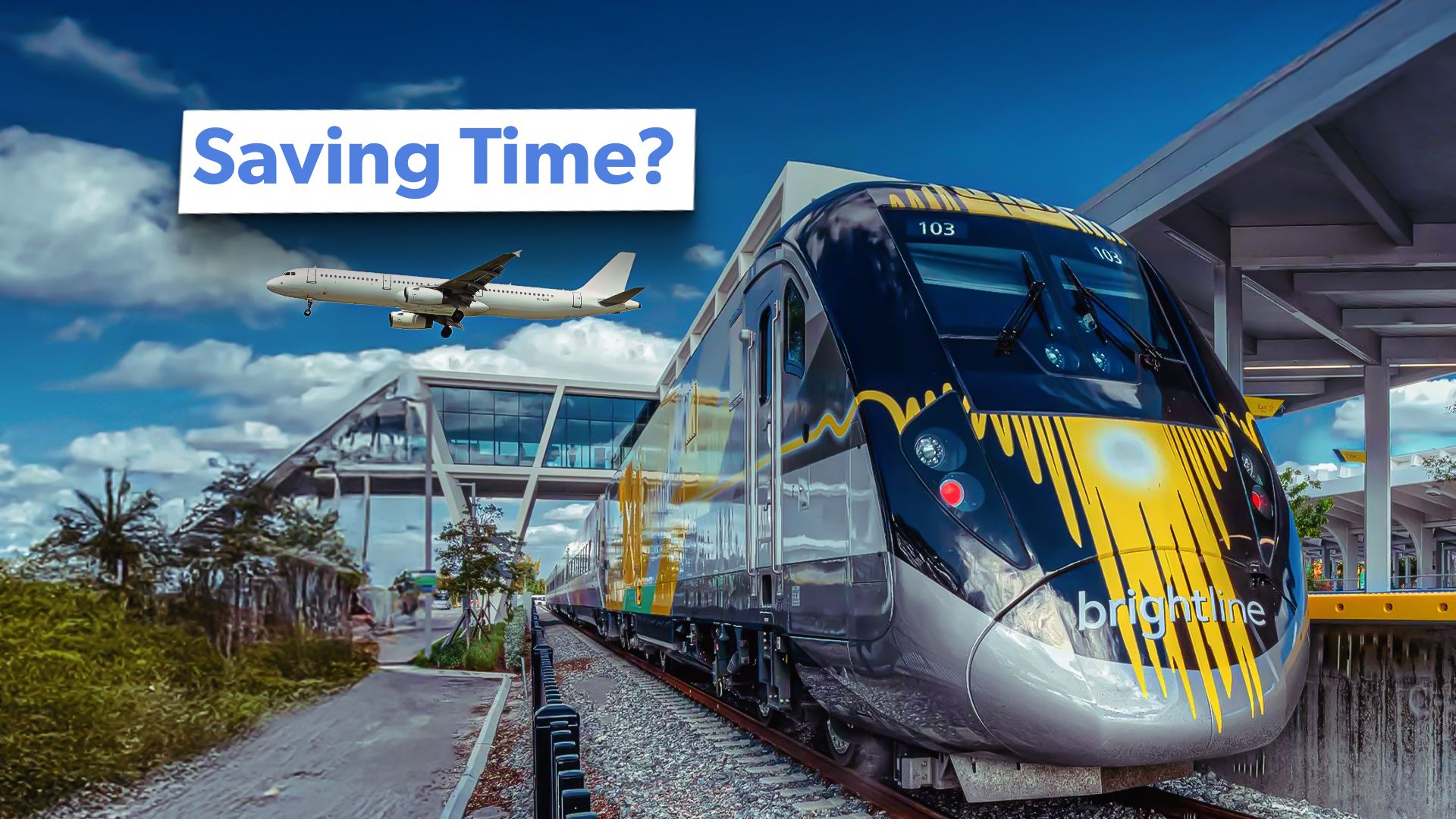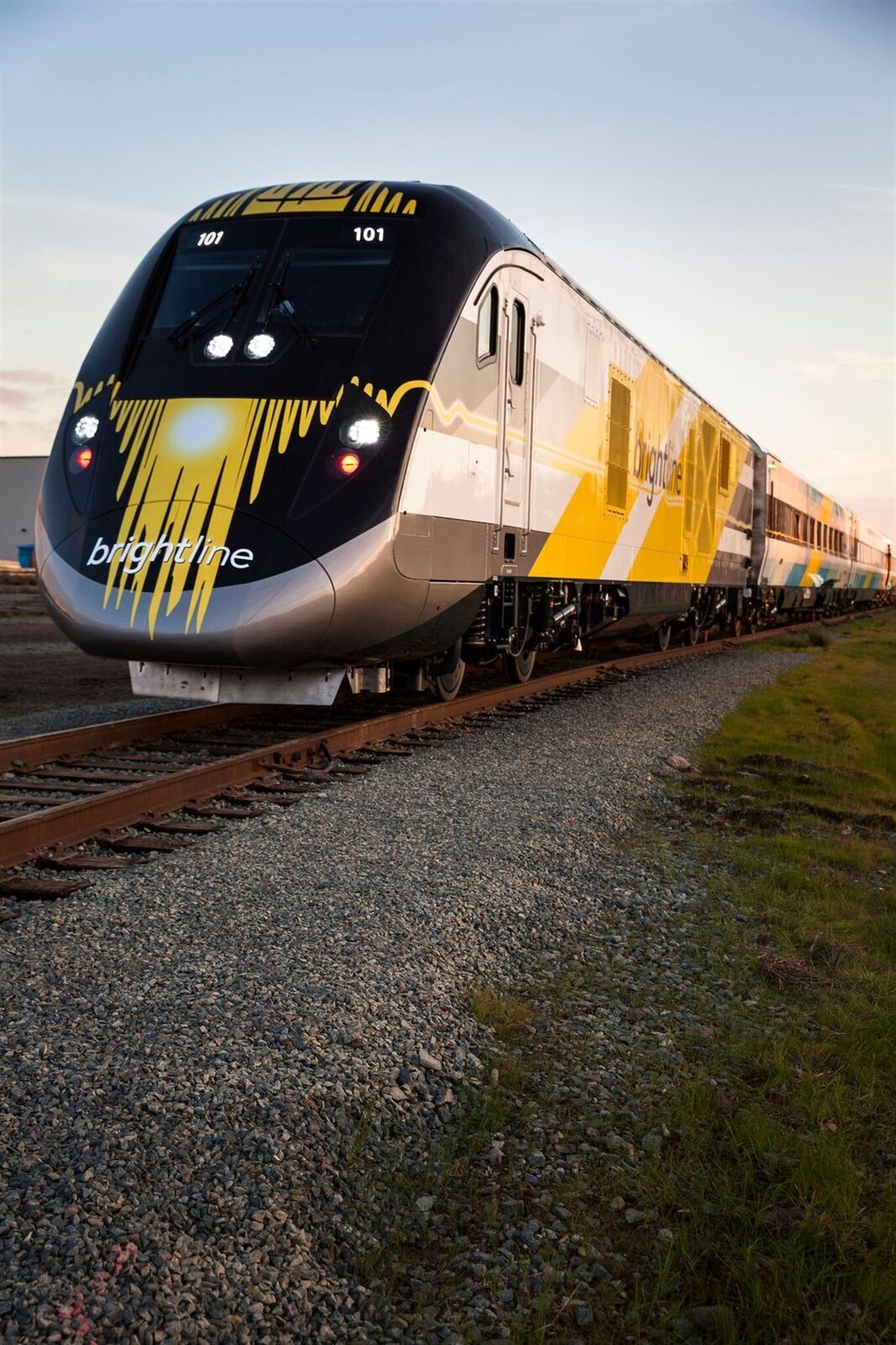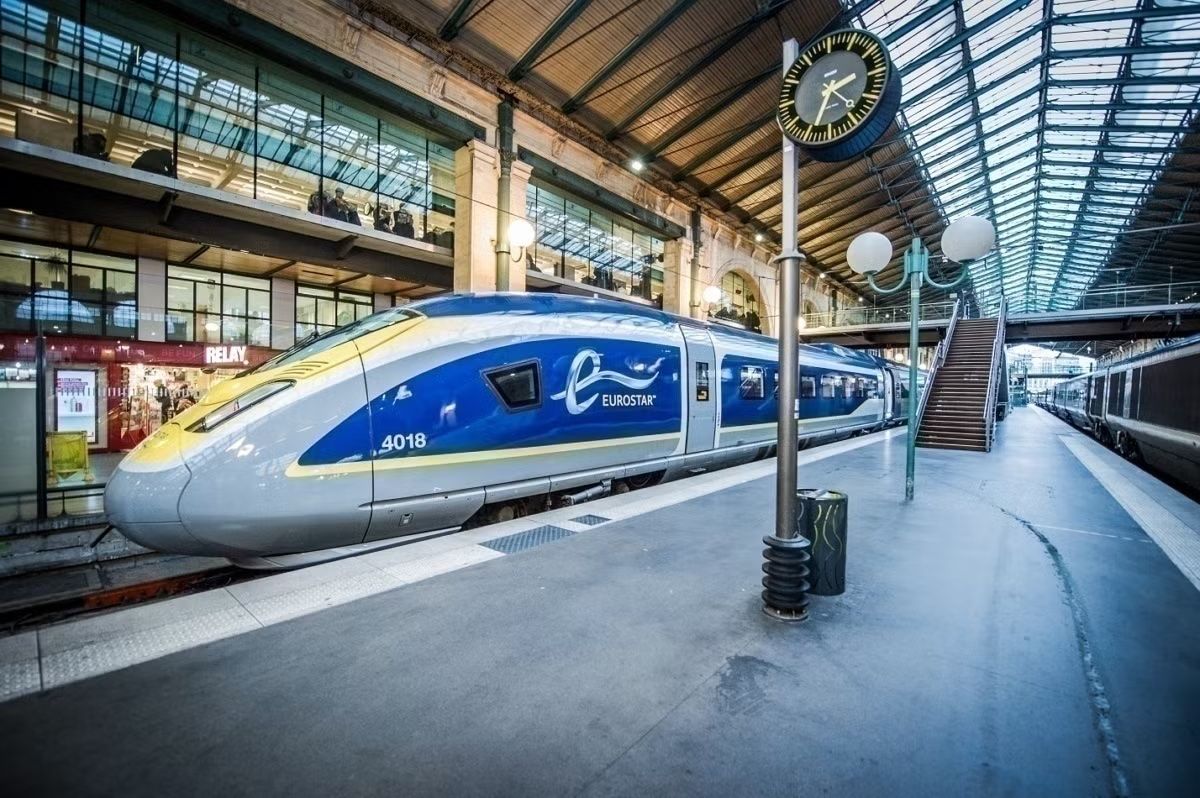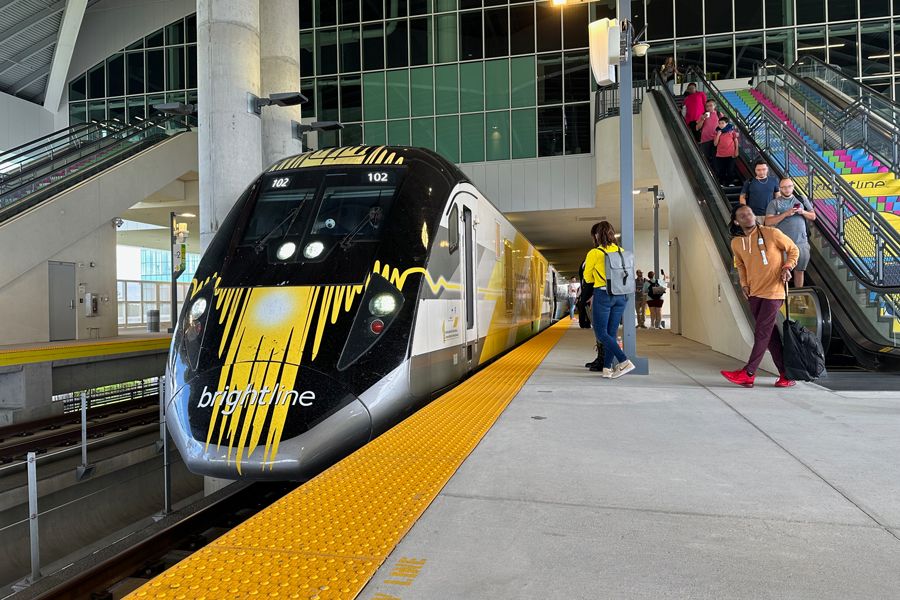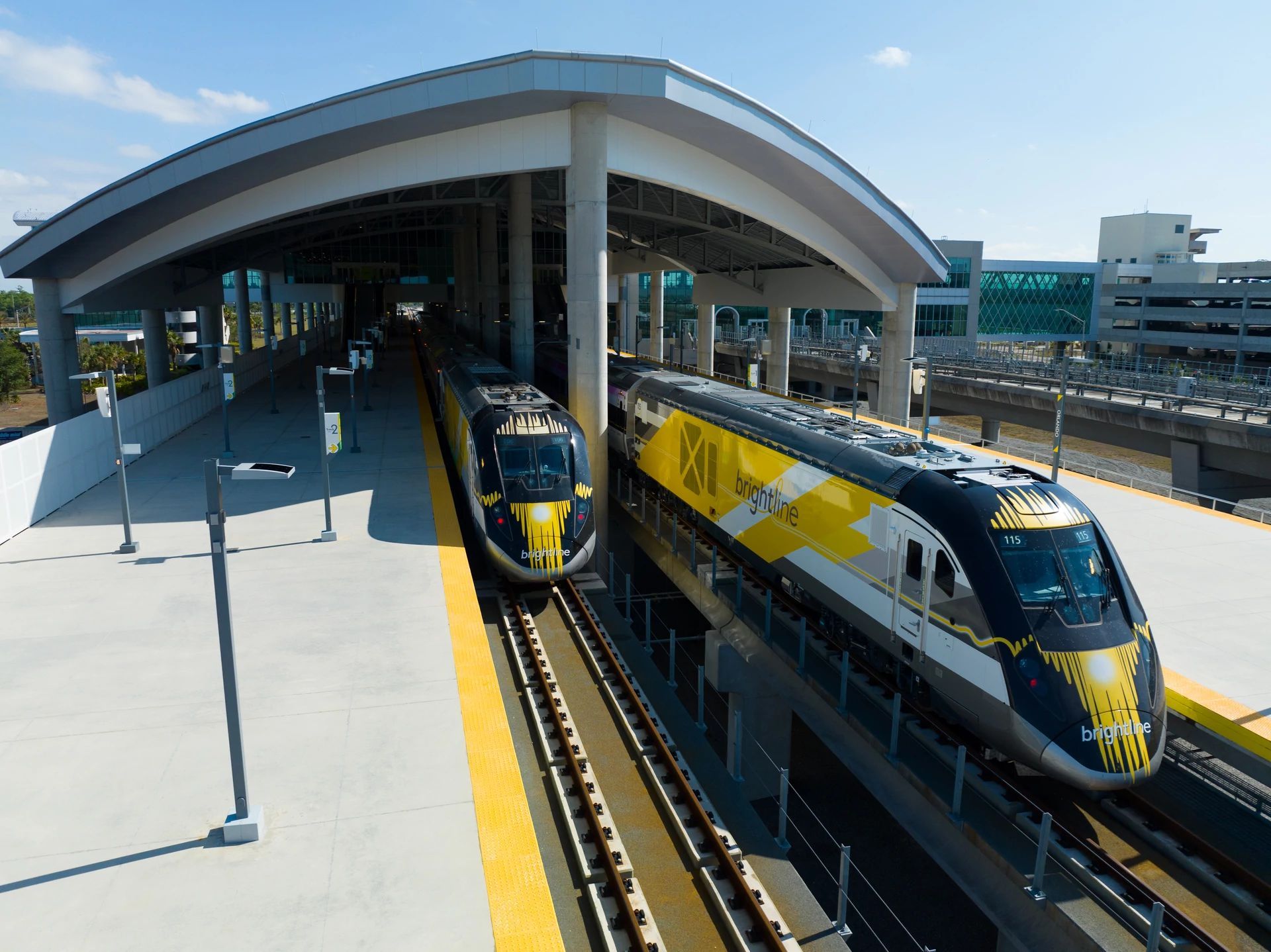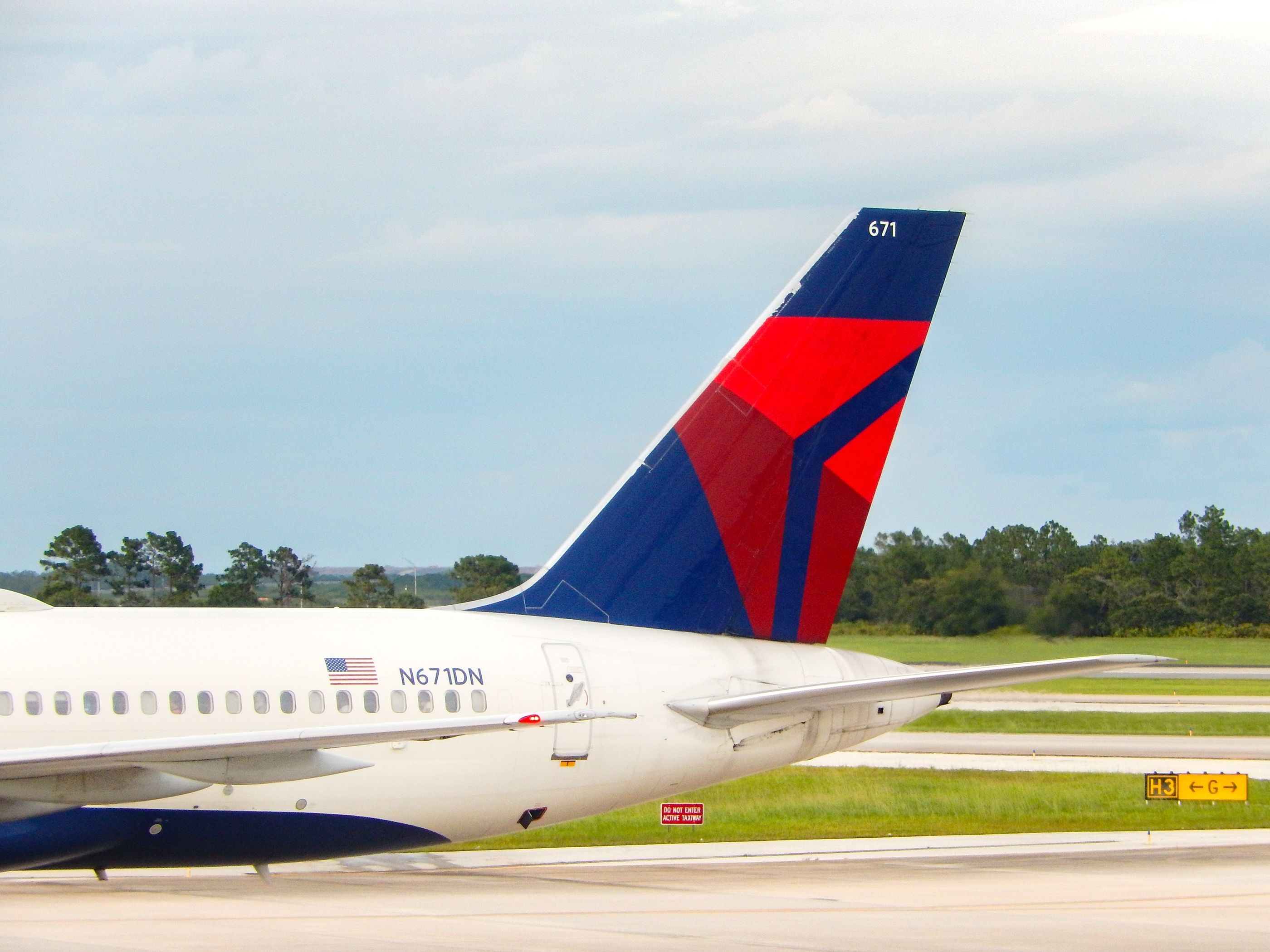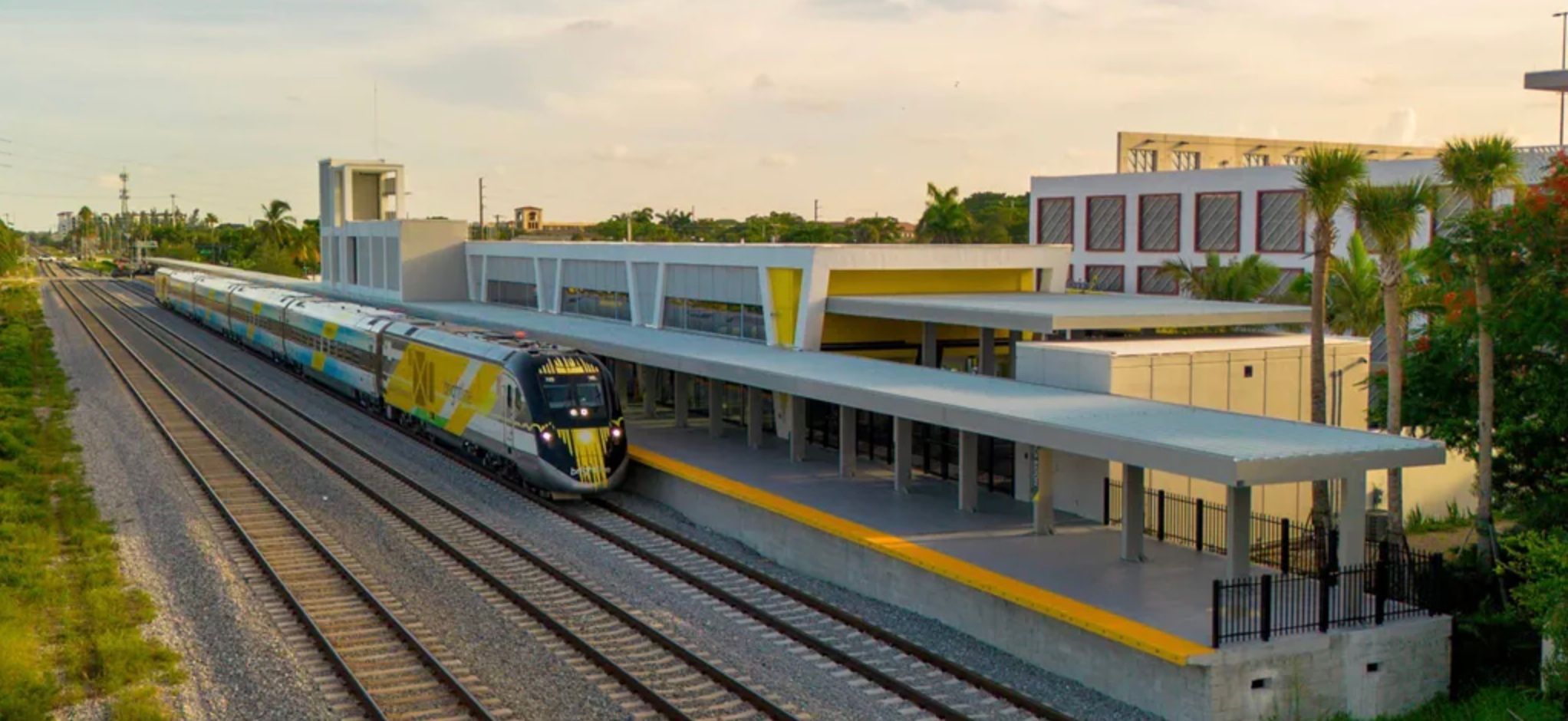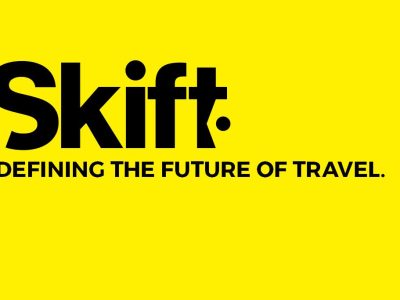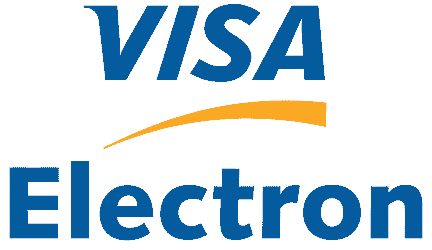There is truly no other railway operator like Brightline. This privately funded and operated high-speed rail service connects the Miami and Orlando metropolitan areas with an efficient high-speed train service, one that offers impressive convenience to passengers and provides far more comfort than flying or driving. As opposed to driving nearly four hours (assuming Florida’s notorious traffic is manageable on a given day) from Orlando to Miami, passengers can sit in one of Brightline’s comfortable cabins and get to Orlando in a quicker three-and-a-half hours.
Furthermore, passengers who would otherwise fly between Orlando International Airport
(MCO) and Miami International Airport (MIA) are offered an appealing alternative, one which would involve no airport crowds, endless security lines, and potential delays. As a result, it is unsurprising that many have begun to ask what effects Brightline (and its potential route extensions) could have on the air travel industry within Florida. In the past, airlines like Southwest have lobbied against high-speed rail to prevent it from affecting short-haul markets, so there is some precedent for airlines opposing the expansion of railway infrastructure.
Photo: City of Orlando
While in Europe, the short-haul travel segment is overwhelmingly dominated by high-speed rail, in the United States this is rarely the case. Destination pairs that can be driven to in less than four or five hours typically see passengers drive, while anything longer tends to be dominated by air travel, due to the lack of railway infrastructure that exists in the United States. Furthermore, even in places where trains do run, like on Amtrak’s Northeast Corridor, reliability issues exist, with many passengers finding airlines and Amtrak to be just as punctual.
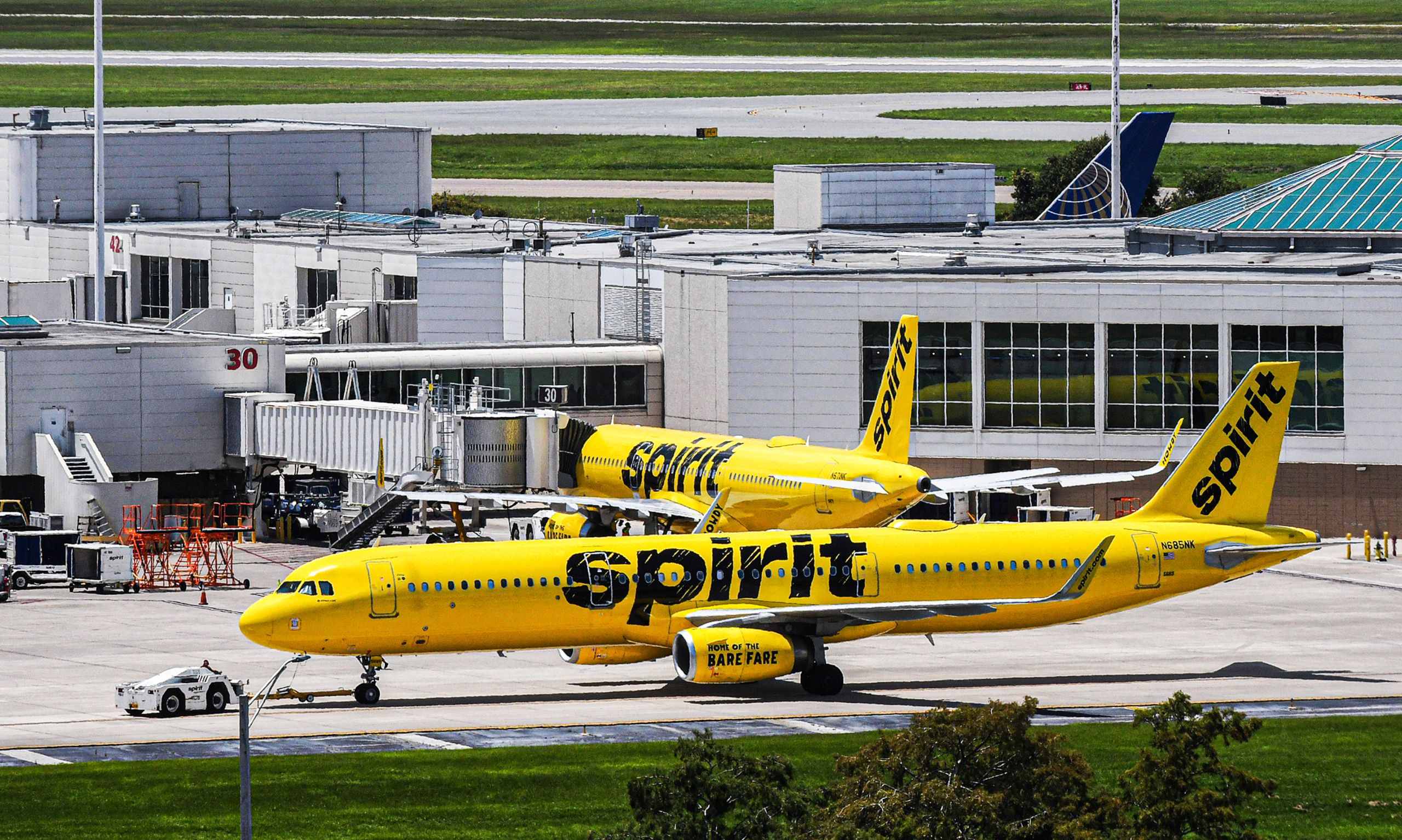
Orlando International Airport
- IATA/ICAO Code
-
MCO/KMCO
- Country
-
United States
- CEO
-
Phil Brown
- Terminals
-
Terminal A |
Terminal B
High-speed rail can capture passengers away from airlines when done right
In Europe, high-speed rail offers passengers exceptional convenience, reliability, and affordability, something which we do not experience in the United States. Traveling between London and Brussels, two cities just around 200 miles apart, takes a reliable two hours on the European Eurostar service, while traveling between New York and Boston, two cities about the same distance apart, takes roughly twice that. This does not even account for the fact that Amtrak’s route from New York to Boston is mostly direct, while the Eurostar curves significantly to pass through the Channel Tunnel.
Photo: Eurostar
Across the European continent, we can see just how effective high-speed rail can be at reducing airline market share on certain routes, by offering passengers unparalleled convenience. In the United States, the lack of efficient high-speed railway infrastructure has prevented airlines from losing any significant portion of their market share on these short-haul routes, except in a few places like the Northeast Corridor.
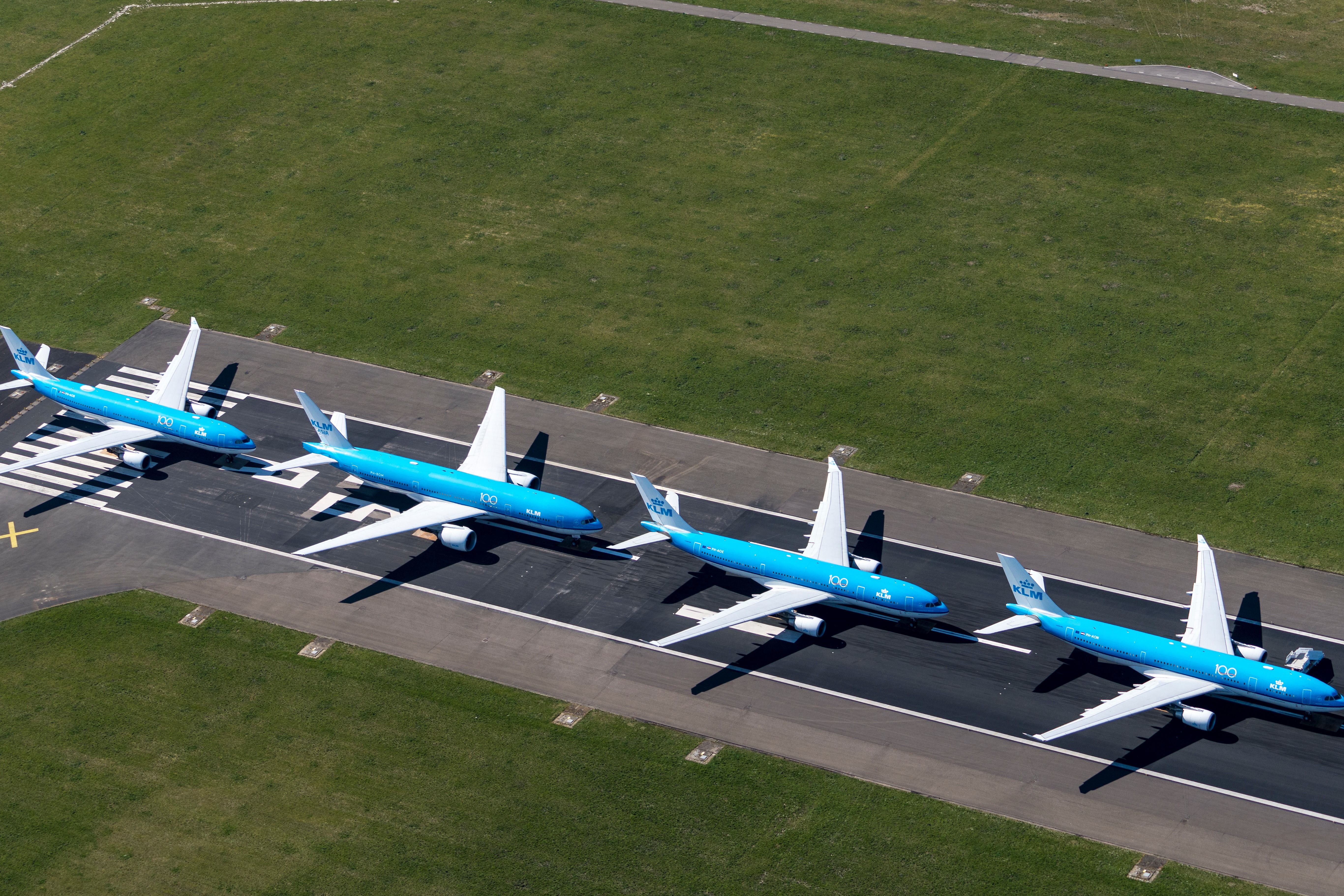
Related
Schiphol Airport Could Face More Demand Challenges Following Amsterdam-London Eurostar Pause
This summer could prove to be one of the busiest for AMS airport as alternative travel options are unavailable.
This, however, is likely to change, as Brightline has demonstrated the immense potential of high-speed, privately operated rail services in the United States. With a true high-speed competitor in the market, we will get our first glimpse at how US airlines will respond to the entry of high-speed rail into a new market. In this article, we will take a deeper look at Brightline, and how the growing railway line will affect airlines in Florida.
-1.jpg)
Miami International Airport
- IATA/ICAO Code
-
MIA/KMIA
- Country
-
United States
- CEO
-
Ralph Cutié
- Terminals
-
North Terminal |
Central Terminal |
South Terminal
A deeper look at the history of Brightline
Brightline was announced back in 2012 by All Aboard Florida, a subsidiary of the holding company Florida East Coast Industries, which had a bold plan to connect Miami and Orlando with efficient and reliable high-speed rail services. The proposal was originally estimated to cost around $1.5 billion, and both federal loans and private bonds were used to finance the ambitious project. Construction began on the line in 2014, and the service was officially named Brightline a year later. The first section of the passenger track was opened between Miami and West Palm Beach on May 19th, 2018, and the complete line to Orlando opened in September 2023.
Photo: Greater Miami Visitor’s Bureau
The process that led to the construction of this line was extremely complex, especially due to legal challenges from Martin and Indian River Counties, both of which did not want to see the line extended to Orlando. After multiple court cases, the Supreme Court finally declined to hear the counties’ appeal, securing over $1.75 billion in funding for the project. Brightline partnered briefly with the Virgin Group in 2020. However, it ended its association with the company just a few months later, and a subsequent lawsuit forced Brightline to pay Virgin $115 million in damages.
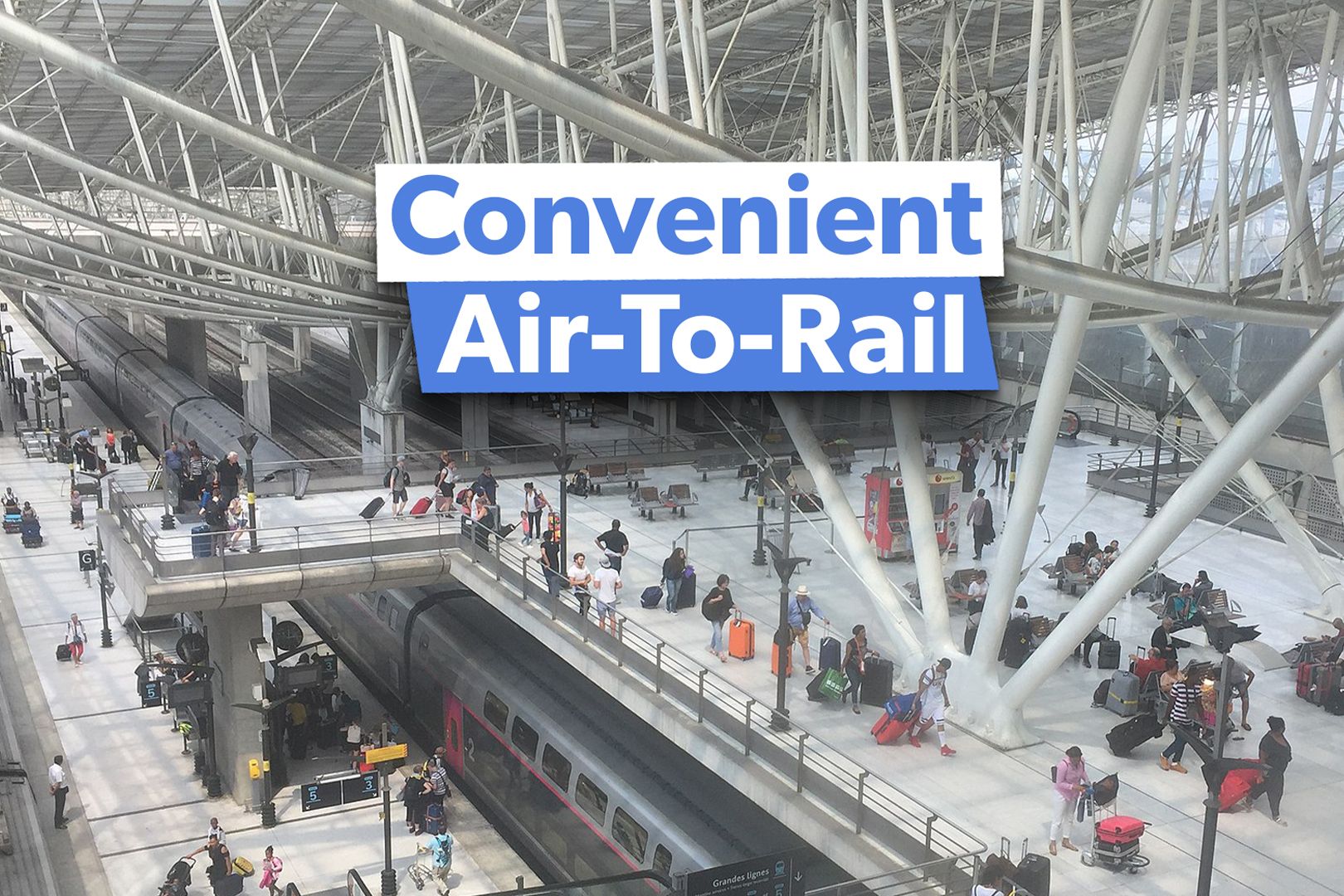
Related
These 11 European Countries Offer Convenient Airport Rail Stations
Efficient and accessible public transport connections are vital for many passengers.
Brightline has continued expanding its railway presence in Florida by adding new stations in Miami, Fort Lauderdale, and West Palm Beach, with additions in Boca Raton and Aventura coming later. The company suspended service due to the COVID-19 pandemic but has since continued to grow its ridership base. Eventually, it plans to extend the line to Tampa.
Get all the latest aviation news for North America
from Simple Flying!
Today, Brightline operates 18 daily round-trip services between Miami and Orlando, with some trains stopping at other stations along the way. The company’s ridership has only continued to grow, transporting more than 2 million passengers in 2023. By April 2024, the company was transporting more than 220,000 passengers each month, and it was already setting a new full-year ridership record with more than 2.5 million passengers.
Photo: Visit Orlando
So what impact has this project had on the air travel industry?
As one can tell from Brightline’s existing railway line, one can immediately tell that the primary air travel market that will be affected by the company’s service, which is only growing in popularity, is the Orlando-Miami market. According to a breakdown from the Florida Times-Union, roughly 50 million people travel each year between the two cities, making it one of the most traveled routes between two cities this far apart anywhere in the Southern United States.
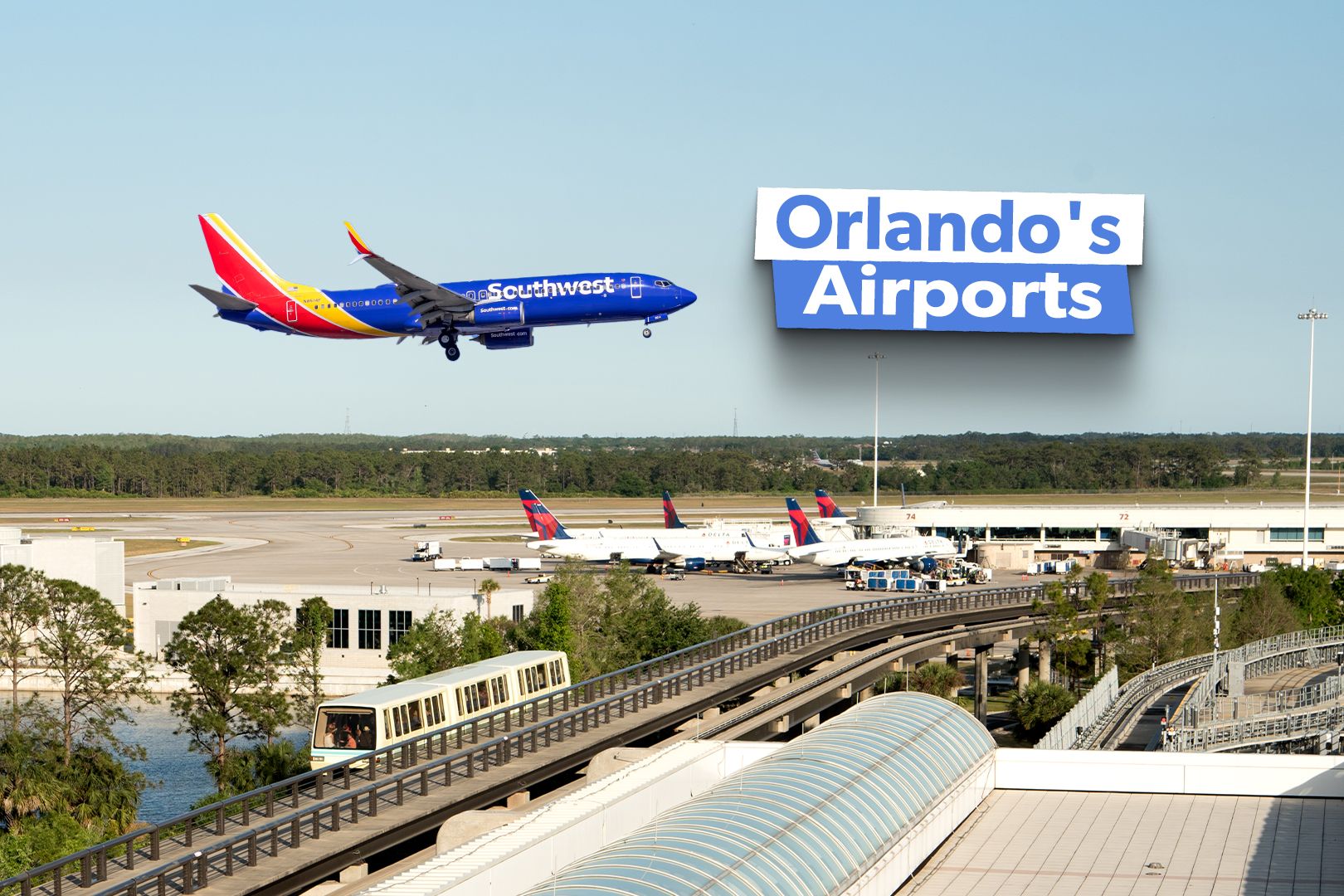
Related
A Brief Guide To Orlando’s 3 Main Commercial Airports
Passengers flying to the Florida city have several different options at their disposal.
Considering that Brightline transported around 2.5 million passengers (not all of whom traveled between Miami and Orlando), the company has no greater than a 5% market share on this route, something which might suggest that airlines should not be at all concerned by this service. However, the vast majority of travelers on this route are mostly driving, because they want their car at their destination.
Photo: Ceri Breeze | Shutterstock
The important thing to remember about Brightline is that it almost exclusively digs into airline market share on this route, and it does so by offering a much more comfortable and convenient experience than trying to navigate through Miami and Orlando airports. Furthermore, Brightline will often beat airlines on price. While one-way fares on Delta or American will likely run you no less than $70, the cheapest Brightline tickets can start at around $40.
Is it possible that Brightline is complementing, not competing with air services?
There is a strong argument to be made that Brightline is complementing existing airline services, as opposed to competing with them. For starters, Brightline’s station at Orlando’s airport allows passengers to efficiently connect to a train service that can take them in comfort to places like Fort Lauderdale and West Palm Beach. For airlines like JetBlue, Spirit, Southwest, and Frontier, this kind of service can make operating out of Orlando significantly more attractive, as it expands the geographic market that they can cater to.
Photo: Brightline
One of the most interesting decisions that has been made regarding the Orlando-Miami air travel market has been Southwest Airlines’ decision to launch new nonstop flights between the two cities. According to AeroRoutes, Southwest will launch new nonstop services between Miami and Orlando, demonstrating the carrier’s confidence in its ability to capture a significant share of this air travel market. While the carrier’s decision is likely motivated by the opportunity to connect Miami passengers to its extensive network from Orlando, it is still fascinating that the airline has chosen to launch these routes despite Brightline’s increasingly popular service.
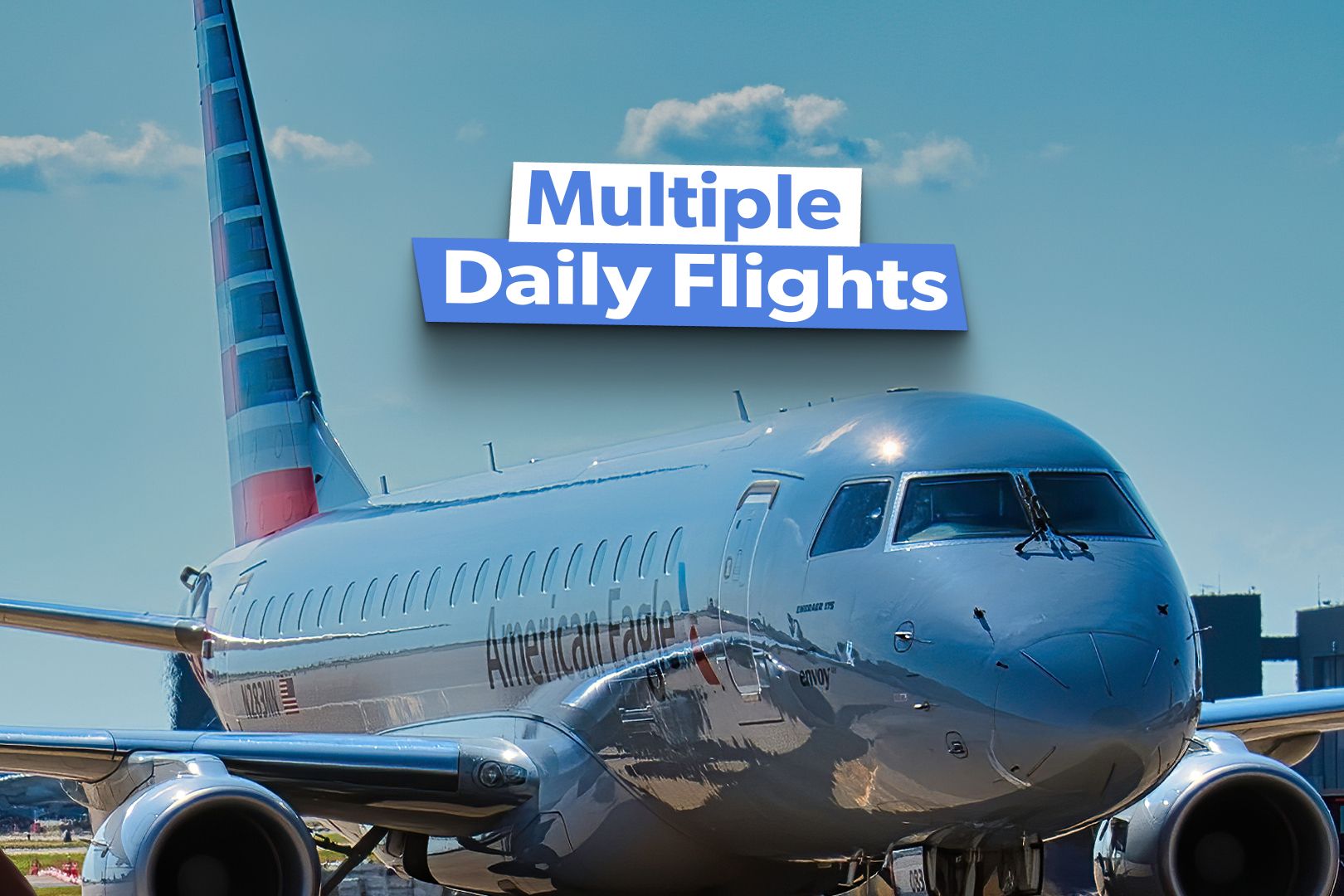
Related
Envoy Air’s 10 Busiest Routes From Miami
Envoy Air will operate 128 flights each way on its busiest route from Miami International Airport in January 2025.
Brightline’s further extension plan to Tampa could also play a major role in shifting air market dynamics. The new extension would likely allow passengers to easily fly into Orlando and catch trains to Tampa or vice versa, further expanding the reach of carriers flying in and out of Orlando International Airport. Brightline is also in the process of building a high-speed rail line between Los Angeles and Las Vegas, and it will be interesting to see what impact that service could have on the strong air travel market between those two cities.

